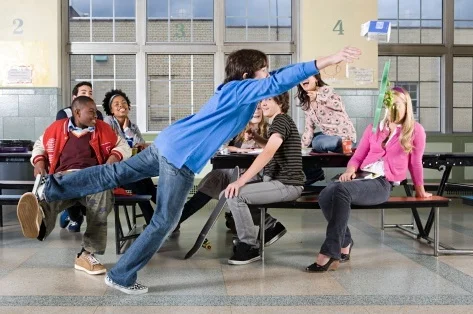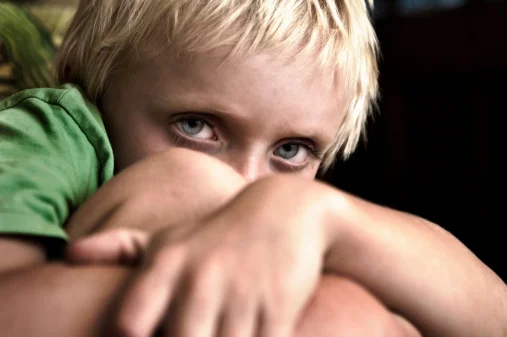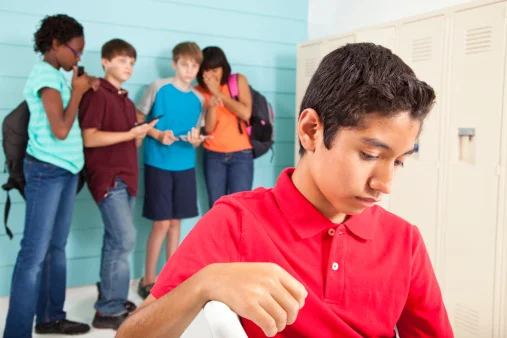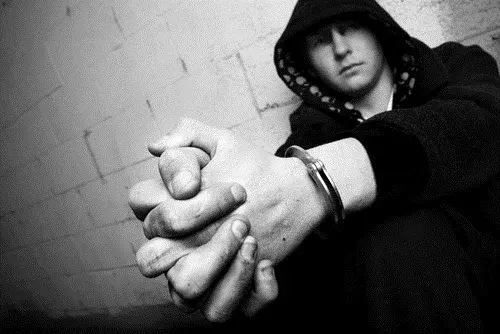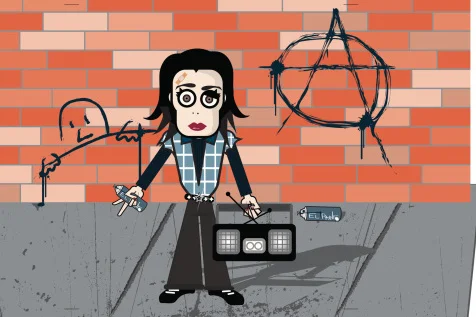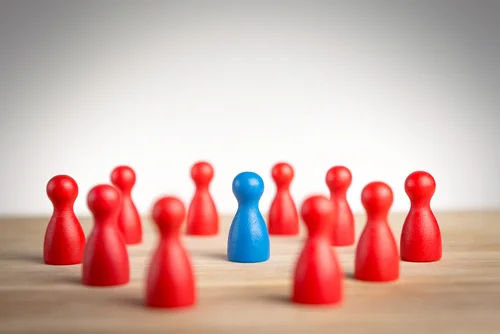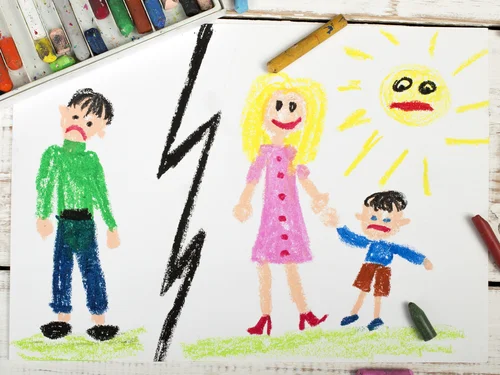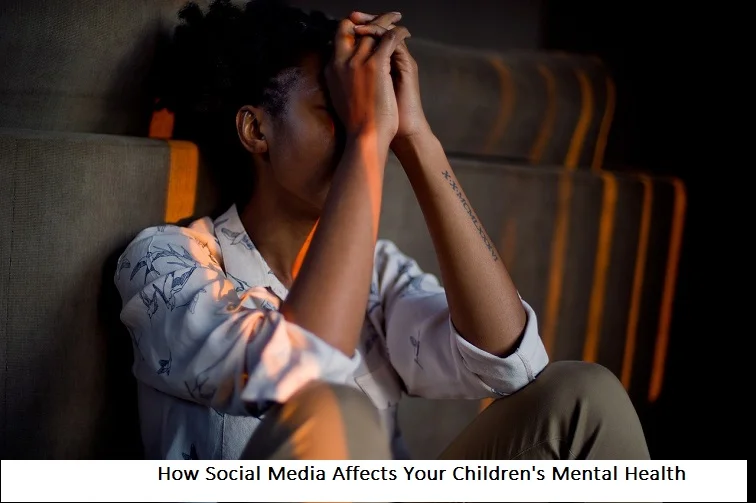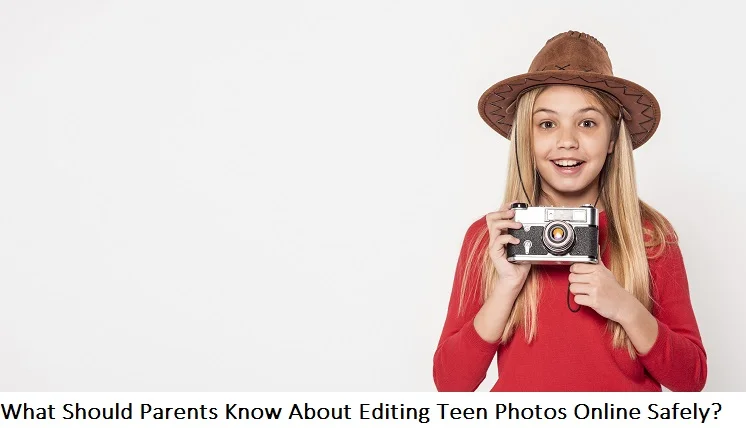+1 845 259 2974 (11 a.m to 7 p.m CST)
Teen Bullying: Detrimental for both Bully and Victim
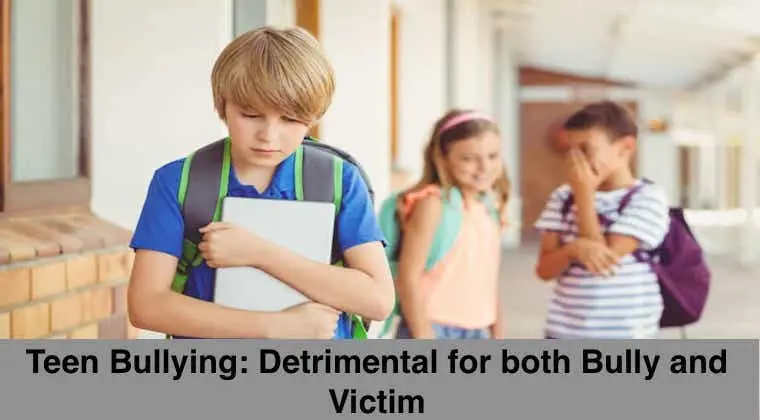
Bullying among teenagers is more than just a rite of passage or harmless teasing; it is a pervasive issue with profound implications. According to a 2023 study by the National Center for Education Statistics, nearly 20% of U.S. high school students reported being bullied. The effects of bullying ripple beyond the victim, affecting the bully and the broader community. It is essential to recognize that bullying inflicts deep emotional, psychological, and social wounds not only on the victims but also on the perpetrators. This article delves into the dual impact of bullying, shedding light on why addressing it is crucial for building a healthier, more empathetic society.
Understanding Teen Bullying
What is Bullying?
Bullying involves repeated, intentional acts of aggression, typically arising from a power imbalance. It manifests in several forms:
- Physical Bullying: Hitting, pushing, or damaging belongings.
- Verbal Bullying: Name-calling, threats, and spreading rumors.
- Social Bullying: Exclusion, humiliation, or sabotaging relationships.
- Cyberbullying: Using digital platforms to harass, embarrass, or intimidate.
Prevalence of Bullying
Teen bullying is alarmingly common. Studies indicate that 1 in 5 students experience bullying in some form. Social media has exacerbated the problem, as cyberbullying provides bullies with a platform to harass their peers anonymously and incessantly, often leaving victims with little respite.
Key Dynamics
Bullying often stems from power dynamics, where the aggressor seeks dominance over their target. Factors such as insecurities, peer pressure, or learned behaviors contribute to this destructive cycle. Understanding these dynamics is critical to addressing the root causes of bullying.
Effects on Victims
Emotional and Psychological Consequences
Victims of bullying frequently endure emotional turmoil. The constant fear, humiliation, and stress lead to anxiety, depression, and a persistent sense of worthlessness. Research shows that bullied teens are at a higher risk of developing mental health disorders, including post-traumatic stress disorder (PTSD), and may experience suicidal thoughts or behaviors.
Academic Impact
Bullying undermines a victim’s ability to focus on academics. Many victims skip school to avoid their tormentors, leading to chronic absenteeism and declining grades. The school environment, meant to nurture growth, becomes a source of dread.
Social Isolation
Victims often withdraw from their peers, fearing further ridicule or rejection. This isolation can have lasting effects, making it difficult for them to build trust and form meaningful relationships, even into adulthood.
Consequences for the Bully
Behavioral Repercussions
While the victim’s suffering often takes center stage, bullies also face significant long-term consequences that can shape their futures in troubling ways:
- Increased Risk of Criminal Behavior: Studies show that bullies are more likely to engage in illegal activities as adults, including theft, vandalism, and violence.
- Substance Abuse: Many bullies turn to drugs or alcohol as a coping mechanism for unresolved issues.
- Aggression Patterns: The inability to handle conflicts constructively often perpetuates cycles of aggression, escalating into harmful behaviors in adulthood.
Emotional and Psychological Impact
The emotional toll on bullies is often underestimated but can be profound:
- Underlying Insecurities: Many bullies act out due to unresolved trauma, fear, or feelings of inadequacy.
- Guilt and Shame: As bullies mature, they may recognize the harm they’ve caused, leading to internalized guilt and regret.
- Mental Health Challenges: Left unaddressed, these emotional struggles can evolve into chronic issues like anxiety, depression, and low self-esteem.
Relationship Challenges
Bullies frequently face difficulties in forming and maintaining healthy relationships due to their aggressive behaviors:
- Alienation from Friends and Family: Their tendencies to dominate or manipulate others can drive loved ones away, leading to social isolation.
- Professional Conflicts: In workplaces, bullies may struggle with teamwork and respectful communication, often leading to conflicts with colleagues and supervisors.
- Limited Success: Persistent hostility or mistrust can prevent bullies from advancing in their careers or building strong professional networks.
By addressing these issues through early intervention, counseling, and positive role modeling, bullies can break free from destructive patterns, fostering healthier relationships and achieving greater personal and professional fulfillment. This benefits not only the individuals involved but also the communities they interact with.
The Ripple Effect on Society
Impact on Bystanders
Witnessing bullying can be distressing for bystanders, leading to feelings of helplessness and guilt for not intervening. Over time, bystanders may become desensitized to aggression, normalizing negative behaviors.
School Environment
A school riddled with bullying fosters an atmosphere of fear and hostility. Students are less likely to participate in extracurricular activities or engage with their peers, eroding the sense of community and collaboration that is essential for a positive educational experience.
Broader Societal Consequences
Unchecked bullying contributes to a culture of intolerance and violence. When aggression becomes a societal norm, it perpetuates cycles of harm, undermining efforts to build inclusive, empathetic communities.
Preventing and Addressing Teen Bullying
Role of Parents and Guardians
Parents play a pivotal role in recognizing and addressing bullying. Open communication is key—encouraging teens to share their experiences helps parents identify issues early. By modeling empathy and conflict resolution at home, parents can teach teens the value of kindness and understanding.
Role of Schools
Schools must take an active stance against bullying. Comprehensive anti-bullying programs, counseling services, and strict policies send a clear message that bullying is unacceptable. Peer support groups and teacher-led workshops can also create a more inclusive environment.
Empowering Teens
Empowering teens with skills such as empathy, active listening, and self-advocacy equips them to handle conflicts constructively. Encouraging them to stand up for themselves and others fosters resilience and leadership qualities.
Leveraging Technology
As cyberbullying becomes increasingly prevalent, education on digital safety is crucial. Parents and schools can work together to teach teens how to use social media responsibly and recognize harmful behaviors online. Monitoring tools and reporting mechanisms also help mitigate the impact of cyberbullying.
Teen bullying leaves no one untouched, it harms both the victim and the bully, creating long-term challenges that can shape their futures. Victims suffer from emotional and psychological scars, while bullies risk perpetuating cycles of aggression and isolation. The ripple effects extend to bystanders, schools, and society at large.
Addressing teen bullying requires a collaborative effort from parents, educators, and communities to foster empathy, resilience, and accountability. By doing so, we can create a generation of teens who embrace kindness and reject harm, paving the way for a more compassionate and inclusive future.

